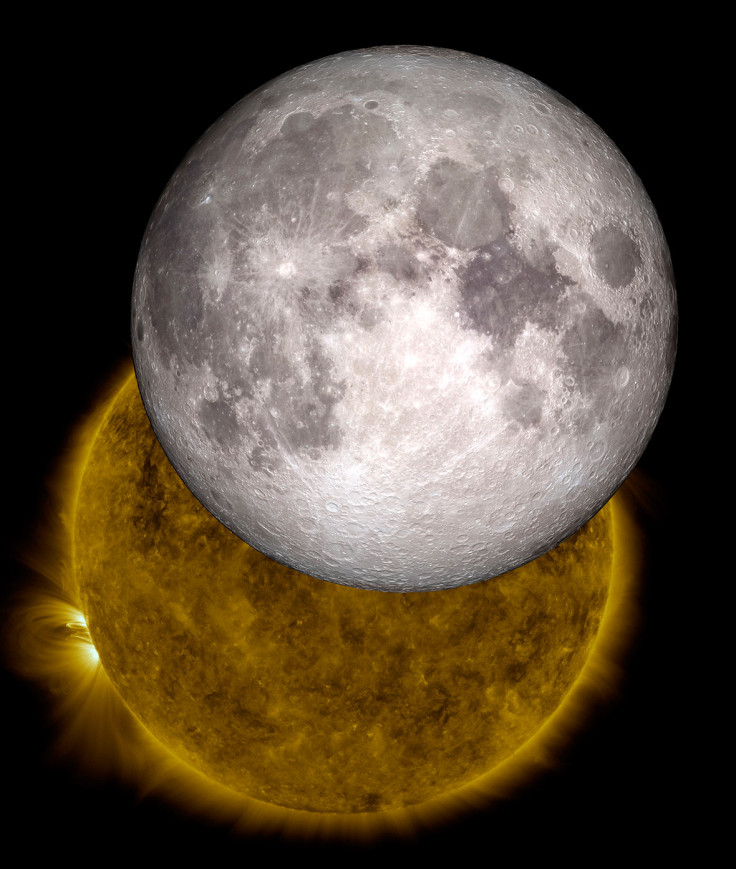Mystery of Moon's Age Solved With 'Geological Clock' Showing it is 4.47 Billion Years Old

The Moon's age has finally been revealed after scientists established a "geological clock" that shows when it formed.
An international team of planetary scientists published their findings in the journal Nature and showed how the Moon formed almost 100 million years after our solar system.
Researchers from France, Germany and the United States made this finding by using measurements from the Earth's interior along with computer simulations of the protoplanetary disk - from which Earth and other planets in our solar system formed.
They analysed the growth of Mercury, Venus, Earth and Mars from a disk of thousands of planetary building blocks that orbit the Sun. Through 259 simulations, they found a relationship between the time when Earth was impacted by a huge object to create the moon, and the amount of material added after the impact.
Researchers found a relationship that allowed for a "geological clock" in early solar system history that does not require measurements of radioactive decay.
The authors wrote: "According to the generally accepted scenario, the last giant impact on Earth formed the Moon and initiated the final phase of core formation by melting Earth's mantle. A key goal of geochemistry is to date this event, but different ages have been proposed.
![Fifty years of humans entering space [PICTURES]](https://d.ibtimes.co.uk/en/full/109951/fifty-years-humans-entering-space-pictures.jpg?w=575&f=e76ea23bf69c0f53348a08f1b2ea27d8)
"Some argue for an early Moon-forming event, approximately 30 million years (Myr) after the condensation of the first solids in the Solar System, whereas others claim a date later than 50 Myr (and possibly as late as around 100 Myr) after condensation. Here we show that a Moon-forming event at 40 Myr after condensation, or earlier, is ruled out at a 99.9% confidence level."
Lead author Seth Jacobson, from the Observatory de la Cote d'Azur in Nice, France, said: "We were excited to find a 'clock' for the formation time of the Moon that didn't rely on radiometric dating methods. This correlation just jumped out of the simulations and held in each set of old simulations we looked at."
Through their findings, the researchers ascertained that the moon is around 4.47 billion years old.
The team believes their geological clock will help to guide which radioactive dating methods are most accurate to make better estimates of other planetary ages.
Kevin Walksh, from the Southwest Research Institute Space Science and Engineering Division, said: "This result is exciting because in the same simulations that can successfully form Mars in only two to five million years, we can also form the Moon at 100 million years. These vastly different timescales have been very hard to capture in simulations."
© Copyright IBTimes 2025. All rights reserved.






















